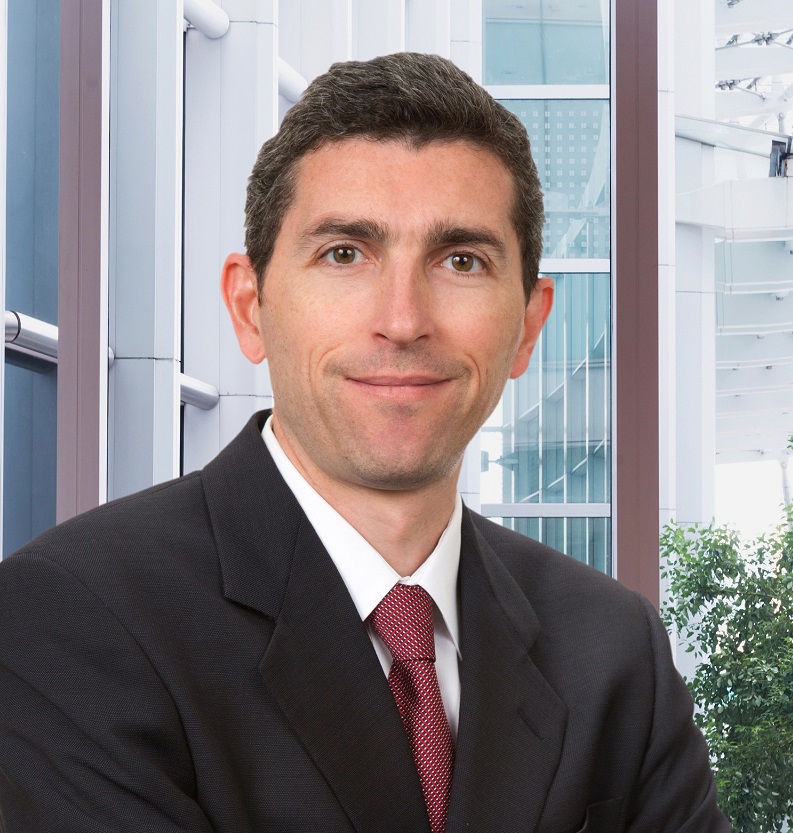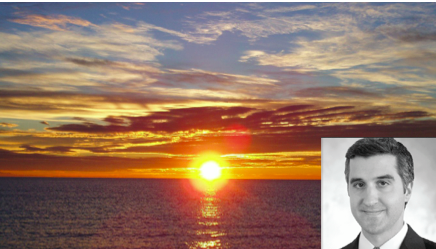In 2017 the return of investors towards emerging market debt after several years of inactivity has become evident. The drop in oil prices, lower growth in China, and political problems were behind this disillusionment, which this year has been almost completely wiped out.
The investment spirit in emerging debt “is blowing in the wind”, as Bob Dylan would say, however, any cautious analysis would lead us to consider whether this trend is sustainable in the medium term or if, on the contrary, it has an expiry date.
This is the first question we asked Federico García Zamora, Director of Emerging Markets at Standish, BNY Mellon, during this interview with Funds Society in Spain. His answer is clear: “The context has changed and will be maintained for at least the next 12 to 24 months due to three fundamental factors: interest rates, the oil price, and the Dollar.”
In his opinion, the Fed’s rate-hike strategy is already embedded in long-term bond prices. “It will not come as a surprise to anyone that interest rates continue rising and, therefore, it will be perfectly accepted,” says the expert.
As for the second fundamental factor, the price of oil and commodities in general, García Zamora explains how they are analyzing both from the production side (companies in the sector) and from the demand side. His forecast is that the price will be much more stable in the next 12 months, at around 40-60 dollars. “The price cannot rise again too far above 55 dollars because the supply of unconventional oil would rise a lot, while below 40 dollars, a lot of the supply would be destroyed,” he explains.
Despite admitting that for investment in emerging markets it would be better for the price of oil to rise, “stable oil is going to be very good without it having to rise. We will see good results with price stability,” he argues.
Good results that, in terms of profitability, translate into 7% -8% annual returns for emerging debt, “which is very attractive when compared to any other fixed income asset in which you can invest worldwide, if nothing changes regarding currency exchange rates.”
As a matter of fact, the third factor that supports this interest for emerging countries is the evolution of the Dollar and here the expert’s forecasts point to a fall of the dollar during the next two years. “This adds appeal to this asset class as opposed to a few years ago when the dollar kept rising,” he explains.
An upward trend that the expert explains as due to the rapid increase of interest rates while they were falling in the rest of the world, as a result of the European crisis, stimulus withdrawal by the Fed, the collapse of oil prices, and Donald Trump’s election. According to García Zamora, all these elements contributed to placing US currency at highest levels during the last five years, but now he is convinced that it will continue to be come down because “that’s how the Trump administration will solve the country’s high trade deficit. Depreciating the dollar has always been his intention, but it was easier to explain to the average American voter that he would solve the problem by raising customs fees.” His forecast is that the dollar will stand at 1.25 to1.30 Euros.
From Russia and Brazil to South Africa and Turkey
Asset allocation from a geographical point of view has varied in the last twelve months. During 2016, Russia and Brazil have been the darlings of the Standish emerging portfolio, in which Colombia has also had some weight, despite being slower in its recovery.
“Another country that we liked a lot is Argentina due to its change of government. Its crisis was self-inflicted with a government that shot itself in the foot as much as it could. With a much more reasonable policy and investment, the potential of the country has changed completely.” In this regard, Garcia Zamora says that they have already taken profits in Argentina and have rotated their portfolio towards other issuers like Mexico, South Africa and Turkey, which are “cheap.”
The investor’s main concern in emerging markets is volatility, which the expert puts between 8% and 12% depending on whether the investment is made in local currency, Euros or dollars. “It is true that these assets have gone up quite a bit, but if you are a long-term investor it remains attractive. The fall that some expect may not arrive and my recommendation is invest now and, if there is a fall, invest further,” he concludes.



 By Fórmate a Fondo
By Fórmate a Fondo